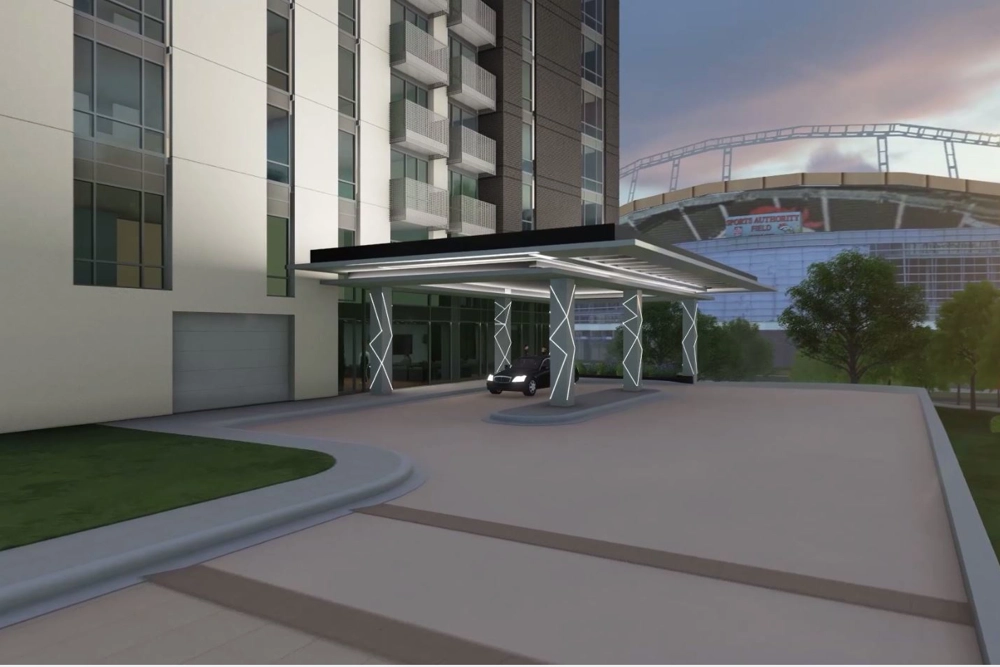Driven to Deliver: A Better Client Experience & Project Outcome
See what our experts have to say about the connection between technology and a better client experience and project outcome.

Connect. Communicate. Collaborate.
Technology enhances our team's collaborative capabilities. Our unique design-build model has always allowed us to deliver a customized project that suits your needs. Leveraging technology, our multidisciplinary team can deliver a better client experience and, ultimately, a better project.
See what our experts have to say about the connection between technology and a better client experience and project outcome.
Meet the Experts
Joel Prater, Director of Visualization & Technology
Chris Cromos, LEED Green Associate, Senior Operations Manager
Jeremy Sindelar, Director of IT Applications
Q&A
How does our use of technology help deliver a better client experience and building project?
Joel: The visualization team leverages BIM, 3D modeling, rendering and real-time graphics tools to help the client envision a project or how the end user may interact with and experience a space or structure. The old adage “a picture is worth a thousand words" rings true. There is a huge advantage for the client and all involved in the project to be able to see various aspects of the site, architecture, structural and interior spaces brought together and represented as a portrait or virtual representation of the project instead of 2D plans and expressionless lines on a page.
Chris: Delivering successful projects is the result of everything coming together to achieve a common goal. For Opus, we leverage technology to maintain a certainty of outcome for these projects. Our tools allow us to communicate and collaborate with both our internal and external partners, whether through informal chatting or virtual building tours. Virtual building tours allowed for inspections to continue and to be able to reduce the number of visitors on our jobsites across the country when the pandemic hit. While this has been a big change, we were able to quickly adapt to the changing conditions to keep things moving forward. In addition, many of our projects include a jobsite camera to provide updates of construction progress while also being able to provide a time lapse at the end of the project. Having the ability to see progress, take tours and communicate quickly and efficiently greatly increase the success of our projects.
Jeremy: Culturally, Opus is very entrepreneurial. Associates are empowered to find creative and tailored solutions for clients. To help our associates focus on the unpredictable (and often more complex) challenges that arise when working on large projects, we look for ways to use technology to automate the routine, behind-the-scenes tasks. Instead of using paper or spreadsheets, many of our back-end processes are automated to minimize errors and to ensure our associates have the most accurate and up-to-date information. We also use technology for real-time collaboration and to highlight important metrics to help us make decisions more quickly.
What type of technologies are used? What type of imagery is the visualization team developing?
Joel: We leverage multiple software platforms to deliver a variety of content. We pull information from BIM platforms, design modeling applications, CAD drawing tools and specification documents to influence the final visual output. We collect, combine and coordinate that data in a robust modeling and rendering platform. From there we can generate the bases for the still images for the project or export the data to a real-time game engine platform. We use these game engine platforms to generate images and animations for the project. We can then take all of that content into image and video editing platforms to generate the final renderings, animations and virtual experiences.
Jeremy: A multitude of technologies are used to deliver projects. Some are common, and some are unique to Opus, supporting our integrated design-build approach. For example, before a project is started, associates can tap into our collective knowledge and experience to develop a cost estimate. Similarly, we have tools to manage and review cost forecasts after a project has started so we can address potential problems early. Cost estimating and forecasting are not unique in the industry, but integrated systems, especially for accounting and project management, help us take full advantage of our integrated design-build approach and past experience.
Do you have project examples when the better visualization of design options or considerations made the project better?
Joel: All of the projects OAE touches. All kidding aside virtually all projects benefit from the visualization tools OAE has implemented into its workflow – from the earliest massing studies to the final artwork options. Project visualization in many forms is an essential part of the normal workflow and is a vital communication tool for the client and project teams.
***
This originally appeared as an e-newsletter. Don't miss an update by signing up to receive our emails.
Article Type: Blog Post
Topics: Construction | Design Services


